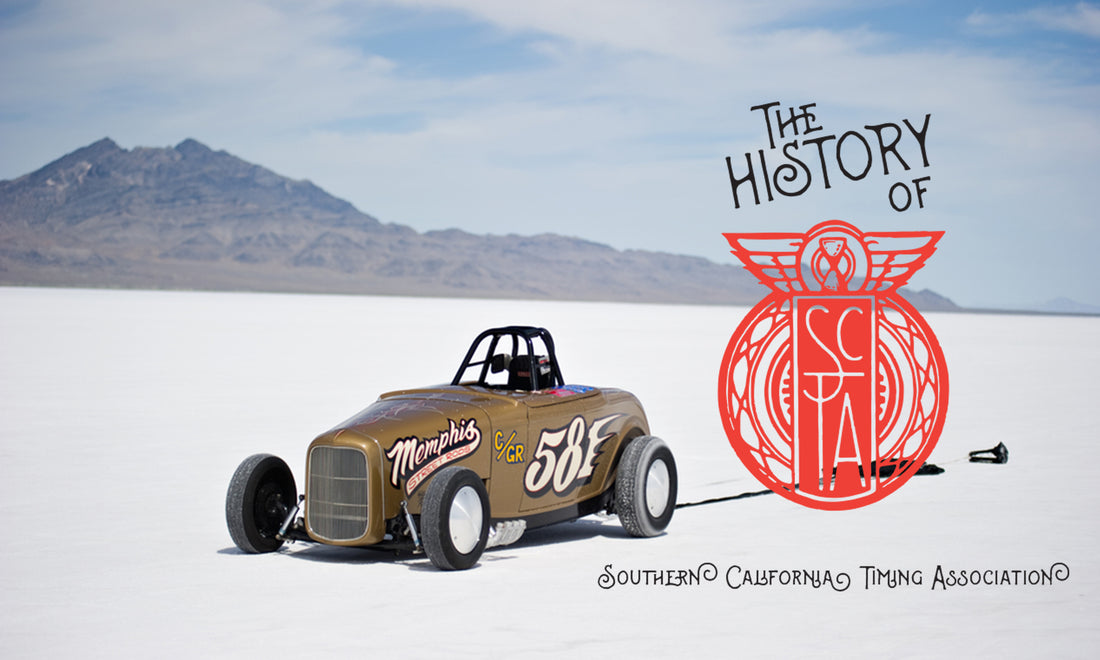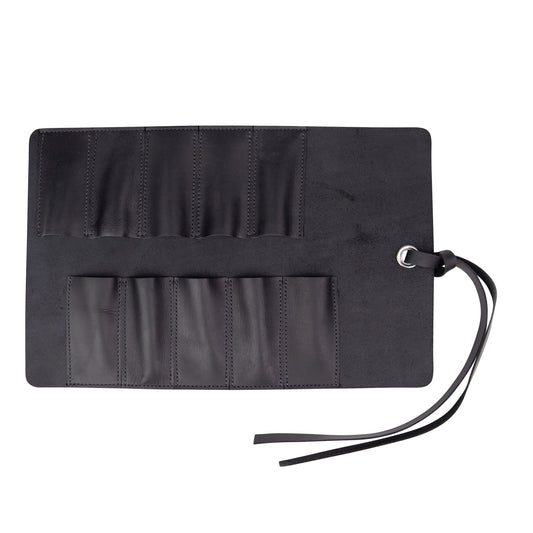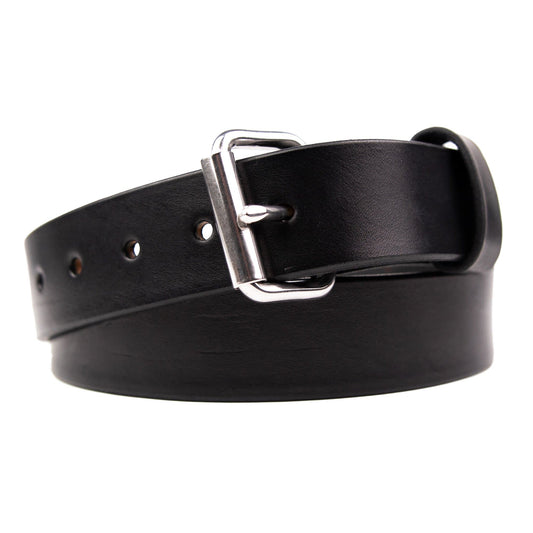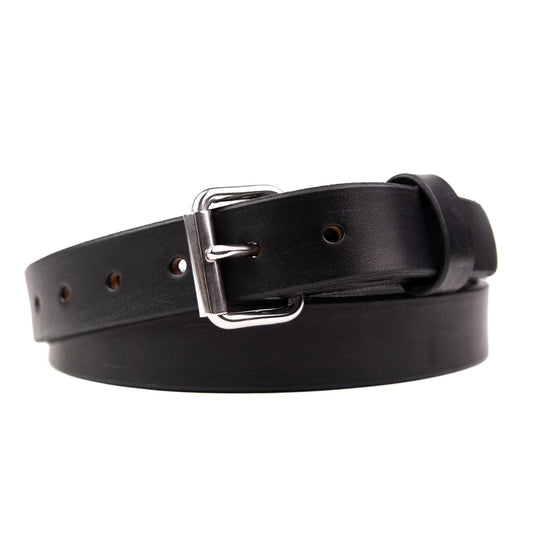Imagine you’re standing on a glass-flat surface with wide-open desert as far as the eye can see. The barren, white landscape may make you feel like you’re on the moon, or the set of a futuristic movie, or having one heck of a dream. As you take in the scenery, a growling, screaming engine breaks the silence, roaring past you at hundreds of miles an hour.
Welcome to the Bonneville Salt Flats, better known as the Bonneville Speedway to the many racers, gear heads, and fans that have made the pilgrimage since the first land speed record was set in 1914. Located in northwestern Utah on the Nevada border, Bonneville is home to the world-famous Speed Week and World Finals events, and has served as one of the premier spots for land speed record attempts since 1935. Since the beginning, the salt flats have inspired countless runs in vehicles that, even today, continue to redefine the very definition of what we consider a “vehicle.”
Let's take a short, but entertaining, dive into Bonneville’s history – and it’s unique relationship with the Southern California Timing Association (SCTA). Whether you’re into streamliners, roadsters, hotrods, or motorcycles, there’s a race category and a record just waiting to happen. So throw on that race suit, prep the fuel line, tap the gauges for good luck, and let’s see what this baby can do.

Way back when…
If we’re starting at the very beginning, it all goes back to the last Ice Age, when the Bonneville Salt Flats were formed. You know how it goes: a giant inland saltwater lake dries up, leaving behind a salt-crusted desert floor that’s absolutely perfect for high speed vehicle racing (that’s so like Mother Nature). Taking up about 60 square miles, it’s incredibly expansive — and incredibly flat. This is probably why you’ve seen footage of it used in films and commercials for decades.
Bonneville’s motorsports roots go back to 1907 when a small group of auto enthusiasts decided to test drive the flats in a Pierce-Arrow, stoking the imaginations of racers everywhere. Back then, a great deal of car racing took place on beaches. But by 1914, someone had the bright idea of losing the surf, sunscreen, and seagulls for a more refined racing surface. American driver Teddy Tetzlaff took his 200hp Blitzen-Benz to Bonneville, where he managed to record a speed of 142 mph on the flats.
It was the beginning of a motorsports phenomenon. But it would take years before it reached a crescendo.

The roaring, revving 30s
In the mid 1920s, a local Utah man named Ab Jenkins caught the racing bug when a friend invited him to race across the Bonneville flats against a Union Pacific Railroad train. After beating the train by almost five minutes, Jenkins realized he was just getting started and began trying to set land speed records on the flats. But getting other racers to skip the more established races to join him at Bonneville would take time.
In 1932, Pierce-Arrow (the very same car manufacturer responsible for that car that hit the flats back in 1907) heard about Jenkin’s endurance and speed record attempts and asked him to consult on a new 12-cylinder car they were testing. After making some enhancements, he decided on the ultimate test of the new engine: a 24-hour run as fast as he could drive the car that would show its power and durability. He also believed that the event would put Bonneville on the map for other serious drivers.
Running the car on a 10-mile course, Jenkins hit an average speed of 112.9 mph, only stopping every two hours for fuel. In 1933 he went on to improve this the with an average speed of 125 mph. And it just so happened that three top racers from Great Britain were in attendance that year. Malcolm Campbell, John Cobb, and George Eyston all had front row seats to the record — and with it, the possibility for future records of their own.
The next few years would see them set and trade records that would turn the racing world on its head. In 1935, Campbell would take his “Bluebird” racer to Bonneville. Powered by a Rolls-Royce aircraft engine that could create over 2,500hp, he became the first person to ever record a 300 mph run.
Eyston soon followed suit in his custom “Thunderbolt” car, armed with 24 cylinders producing 4,600hp! In 1937, he landed a new record of 312 mph and then upped it the following year to 345. The top speed honors would go back and forth until Cobb took back the record in 1939 with a spectacular 369 mph. Unfortunately, this would be the last record to fall before the advent of WW2, with Germany declaring war on Great Britain the very next day.
(Side note: Cobb would later return to the flats in 1947 with a rebuilt racer, achieving a combined average speed of 394 mph, a mark that would take years to surpass.)

The birth of the SCTA
While all this record chasing was going on at Bonneville, five individuals in Southern California got together in 1937 to organize a series of races in the area’s dry lake beds. The Southern California Timing Association was formed to create standards and safety guidelines for lakebed speed trials and in 1949, they would expand their reach to Bonneville. With six events taking place at El Mirage and two major meets at Bonneville, the SCTA quickly established these venues as the gold standard speedways for land speed racing enthusiasts around the world.

Home-built hot rods
The late 40s at Bonneville ushered in a new movement among racers: home-built machines that went beyond the traditional streamliners that had dominated the flats in earlier years. Roadsters, coupes, and even cars built from fighter plane parts began showing up on the scene.
Up till that point, coupes weren’t considered hot rods, but innovators like Bob and Dick Pierson went to work to change people’s minds. They were responsible for taking a 1934 Ford coupe, chopping the roof and streamlining the body, and producing a true speed machine. Then there was Vic Edelbrock in his 1932 Ford Roadster. Built for the 1950 Bonneville season, he gave it a 259 Ford Flathead engine with a three-speed transmission and went on to set a division record of 146 mph. These were huge signals to other hobbyists that fast cars didn’t have to come with hefty price tags. The DIY movement was afoot at Bonneville.
Case in point: Dean Moon. While he wasn’t known for setting big records of his own, he helped develop parts that would play a major role in record setting performances. Probably best known for creating the “foot shaped” gas pedal, he took the profits from that and developed a hand-spun aluminum hubcap called a Moon Disc. Through improved aerodynamics, it would be a crucial component for future records on the flats, and is still in wide use today.

Supercars of the 50s and 60s
By the 50s, streamliners were regularly clocking in at over 300 mph, but none were coming close to Cobb’s 394 mph mark. Enter Mickey Thompson. He brought his “Challenger 1” to the flats: a monster comprised of four fuel-injected Pontiac engines that got him over 360 mph in 1959. One year later, after a lot of tinkering under the hood, he and his team made it the second car to break the 400mph one-way mark, setting the record at a 406.6 mph clocking.
But why settle for a bunch of car engines mashed together when you can experience the feeling of maximum power that you only get with a jet engine? Art Arfons explored this possibility with his General Electric-powered turbo-jet engine build that ran in a series of cars under the name “Green Monster.” His brother Walt ran a car that went by the name “Wingfoot Express.” And, no surprise, it used a Westinghouse triple-jet-powered engine. Then there was Craig Breedlove and his “Spirit of America,” a three-wheeler running with the engine from an F-86 jet fighter. These three would trade records for the next few years, with Breedlove crushing the 500 mph barrier in 1964.
The last outright record at Bonneville would take place in 1970 when Gary Gabelich became the first person to break the 1,000 kph barrier in the “Blue Flame.” The vehicle, which resembled a rocket with minimalist tires, achieved an average speed of 630 mph!

Wait, What about the motorcycles?!
Let’s put aside all the car talk for a moment to shine a spotlight on the motorcycles and their place in the history of SCTA and Bonneville. Motorcycles enjoy three broad categories at Bonneville: Unfaired, Partially Streamlined, and Streamliner. They’re also separated into classes by engine displacement, aspiration, and fuel type, with displacement starting at just 50cc all the way up to custom-fabbed 3,000cc streamliners and beyond (that’s a lot of CCs, by the way).
Every August, riders gather for the Bonneville Motorcycle Speed Trials, an elite land speed racing event for contenders in several classes. You can choose to enter the “Run Watcha Brung” class or go big and chase some records. Whatever the case, this is some of the most fun you’ll ever have on two wheels.

A legacy of ingenuity, a history of possibilities
For more than a hundred years, Bonneville has been at the epicenter of motorsports innovation — seeing hundreds (and even thousands) of records fall along the way. And as the oldest operating racing organization in the nation, the Southern California Timing Association continues to bring together daredevils and dreamers to challenge remote stretches of desert in the pursuit of speed and adventure. Whether you’re a fan or an aspiring competitor, you’ll find no better place to experience the thrills of high-speed performance than Bonneville.





